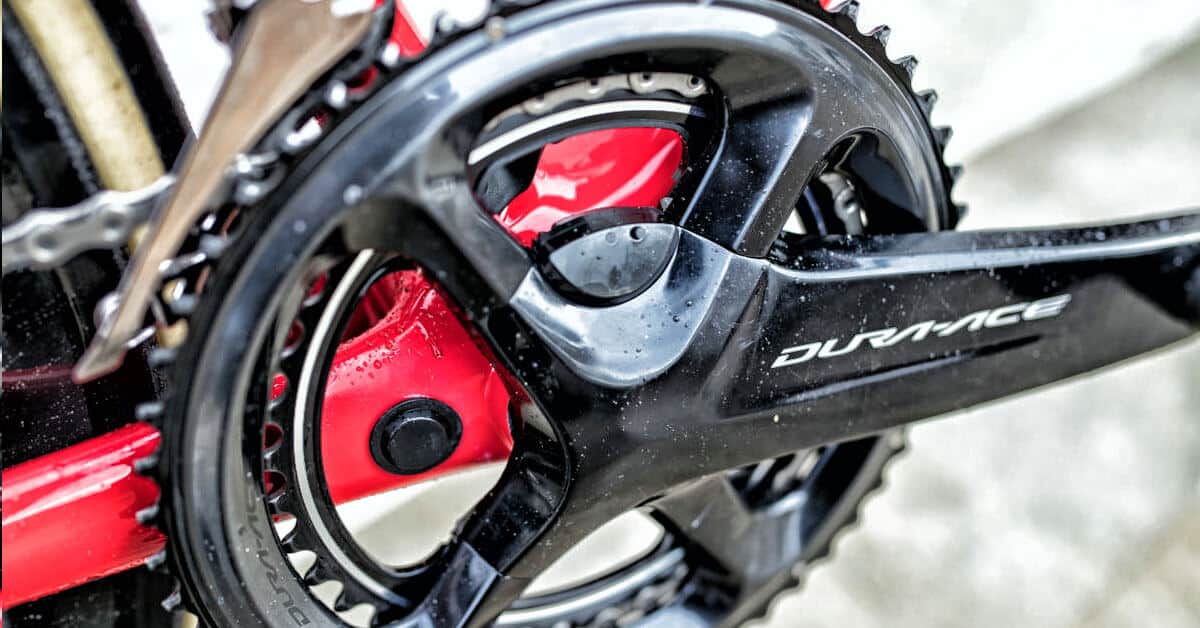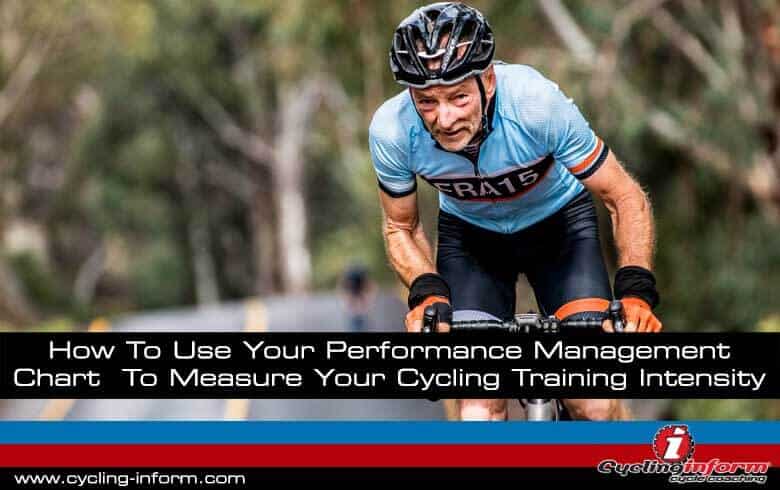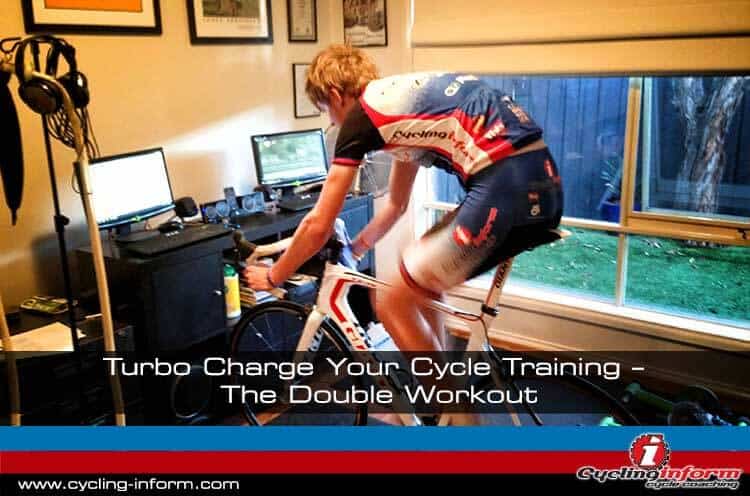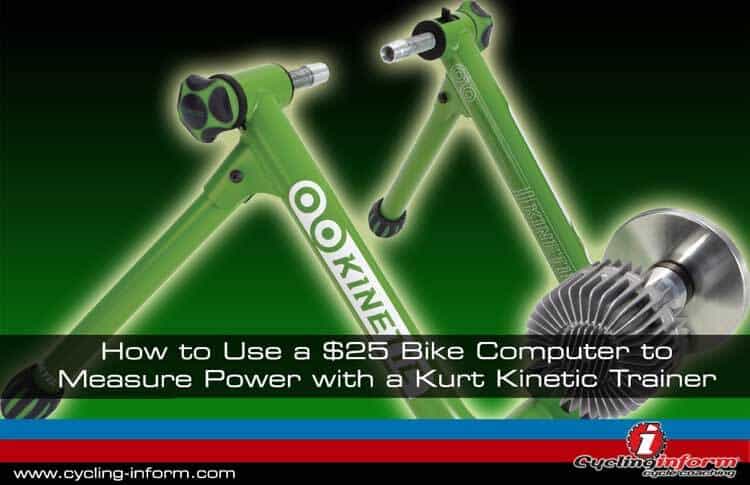Image courtesy Shimano. Photo by Irmo Keizer.
Training with power has been around for several years now. With the introduction of the power cranks, pedals and hubs cyclists now have access to train with power. Power zones are similar to the heart rate zones discussed previously but with two additional zones. The reason that there are two additional zones is that we can actually measure them. Let me explain.
Here is a table measuring the mean maximal heart rate and power values for various intervals of time, from data taken from an average masters road race. This data is produced using software like Training Peaks WKO+.
| Duration |
Mean Maximal Heart Rate Value |
Mean Maximal Power Value |
| Peak 5 seconds |
169 bpm |
805 watts |
| Peak 10 seconds |
169 bpm |
631 watts |
| Peak 20 seconds |
169 bpm |
546 watts |
| Peak 30 seconds |
169 bpm |
487 watts |
| Peak 1 minute |
168 bpm |
406 watts |
| Peak 2 minutes |
167 bpm |
384 watts |
| Peak 5 minutes |
161 bpm |
306 watts |
| Peak 10 minutes |
158 bpm |
273 watts |
| Peak 20 minutes |
155 bpm |
248 watts |
| Peak 30 minutes |
154 bpm |
237 watts |
| Peak 60 minutes |
148 bpm |
220 watts |
Table 1. Mean Maximal Heart Rate and Power values.
As you can see from this chart the heart rate values from five seconds right down to the two minutes change by just two heart beat per minute. However, the power data is able to provide a more granular view of this range with power values starting at 805 watts and then progressing down to 384 watts.
While heart rate zones are based on a percentage of max heart rate power zones are based on a percentage of threshold power. Threshold power (THP) is your personal 60 minute mean maximal power value or if that is not available take 95% of your 20 minute mean maximal power value.
The Power Zones
|
Description |
Intensity |
Code |
Percentage of Threshold Power |
| Neuromuscular Power | Maximal – Can’t speak |
NEU |
> 151 % |
| Anaerobic Capacity | Maximal – Can’t speak |
ANC |
121 150 % |
| VO2max | Very Hard Can’t speak |
VO2MAX |
106 120 % |
| Lactate Threshold | Hard Difficult to speak at all |
E3 |
91 105 % |
| Tempo | Moderate Talk in short sentences |
E2 |
76 90 % |
| Endurance | Easy Able to carry out conversation |
E1 |
56 75 % |
| Active Recovery | Easy Able to carry out conversation |
REC |
< 55% |
Table 2. Power Zones from “Training and racing with a power meter” by Hunter Allen and Andrew Coggan
Because heart rate zones are based on a percentage of max heart rate, power zones are based on a percentage of threshold power it means that these two systems are incompatible with each other. It is therefore recommended that you stick to training with either the heart rate zone system or power zone system but not both to avoid confusion.
Power Zones Descriptions[1]
Level 1 (Active Recovery) <50% THP
“Easy spinning” or “light pedal pressure” (i.e., very low level exercise, too low in and of itself to induce significant physiological adaptations). Minimal sensation of leg effort/fatigue. Requires no concentration to maintain pace, and continuous conversation is possible. Typically used for active recovery after strenuous training days (or races), between interval efforts, or for socializing.
Level 2 (Endurance) 56-75% THP
“All day” pace, or classic long slow distance (LSD) training. Sensation of leg effort/fatigue generally low, but may rise periodically to higher levels (e.g., when climbing). Concentration generally required to maintain effort only at highest end of range. Continuous conversation is still possible. Frequent (daily) training sessions of moderate duration (e.g., 2 hours) at Level 2 is possible (provided dietary carbohydrate intake is adequate), but complete recovery from very long workouts may take more than 24 hours.
Level 3 (Tempo) 76-90% THP
Typical intensity of fartlek workout, “spirited” group ride, or briskly moving paceline. More frequent/greater sensation of leg effort/fatigue than at Level 2. Requires concentration to maintain alone, especially at upper end of range, to prevent effort from falling back to Level 2. Breathing deeper and more rhythmic than at Level 2, such that any conversation must be somewhat halting, but not as difficult as at Level 4. Recovery from Level 3 training sessions are more difficult than after Level 2 workouts, but consecutive days of Level 3 training are still possible if duration is not excessive and dietary carbohydrate intake is adequate.
Level 4. (Lactate Threshold) 91-105% THP
Just below to just above TT effort, taking into account duration, current fitness, environmental conditions, etc. Essentially continuous sensation of moderate or even greater leg effort/fatigue. Continuous conversation difficult at best, owing to depth/frequency of breathing. Effort sufficiently high that sustained exercise at this level is mentally very taxing-therefore typically performed in training as multiple “repeats,” “modules,” or “blocks” of 10-30 minutes in duration. Consecutive days of training at Level 4 are possible, but such workouts are generally only performed when cyclist is sufficiently rested/recovered from prior training so as to be able to maintain intensity.
Level 5. (VO2max) 106-120% THP
Typical intensity of longer (3-8 minute) intervals intended to increase VO2max. Strong to severe sensations of leg effort/fatigue, such that completion of more than 30-40 minute total training time is difficult at best. Conversation not possible due to often “ragged” breathing. Should generally be attempted only when adequately recovered from prior training. Consecutive days of Level 5 work not necessarily desirable even if possible.
Level 6. (Anaerobic Capacity) 121-150% THP
Short (30-second to 3-minute), high-intensity intervals designed to increase anaerobic capacity. Heart rate generally not useful as guide to intensity due to non-steady-state nature of effort. Severe sensation of leg effort/fatigue; conversation is impossible. Consecutive days of extended Level 6 training usually not attempted.
Level 7. (Neuromuscular Power ) 151+% THP
(Maximal) Very short, very high-intensity efforts (e.g., jumps, standing starts, short sprints) that generally place greater stress on musculoskeletal rather than metabolic systems. Power is useful as a guide, but only in reference to prior similar efforts, not TT pace.
[1] The power zone descriptions are sourced from “Training and racing with a power meter” by Hunter Allen and Andrew Coggan.





Leave A Comment